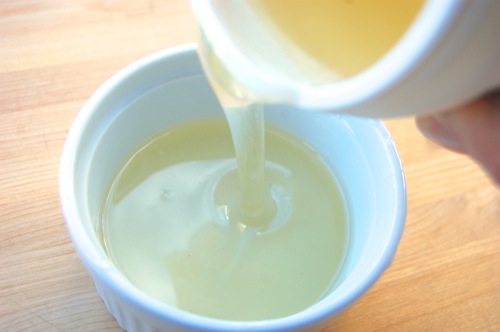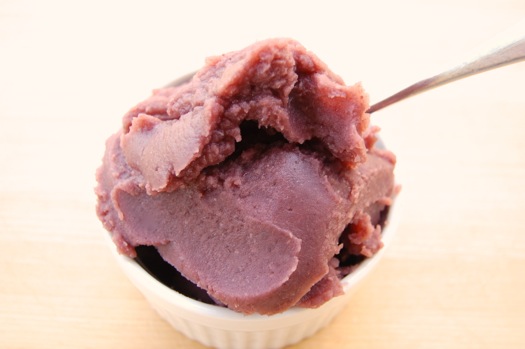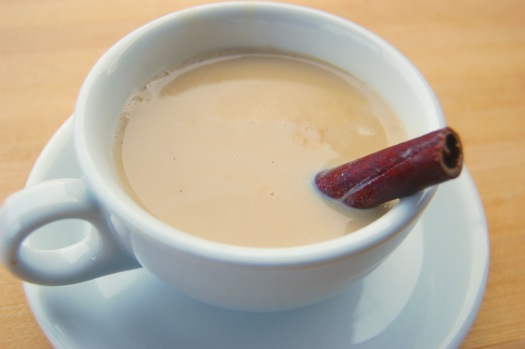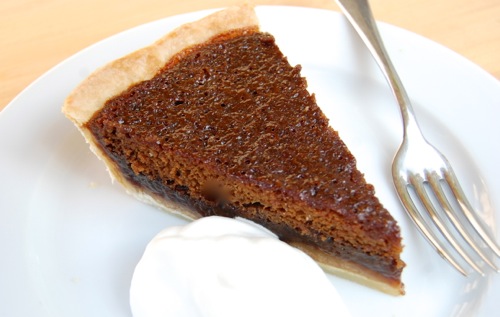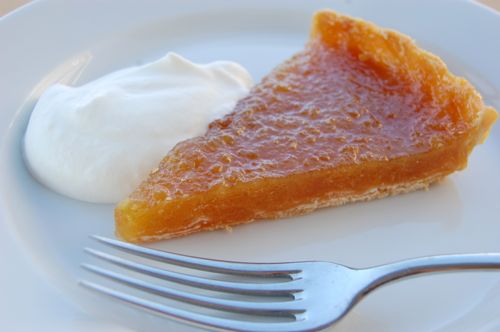I didn’t make any malts this past week, but even so reader Loni wants to know what “malt” is and why we eat it. It’s a great question since not only is malt rather unusual as ingredients go, it occurs in several forms in the baker’s kitchen.
I should start by observing that malt isn’t so much a thing as it is a process. “Malting” is a word that means the same thing as “sprouting”, or perhaps more precisely, “germinating”. It happens when a seed, notably a grain like barley, is exposed to water and a temperature of around 65 degrees Fahrenheit. The seed, which is composed of an embryo (the germ) and a food supply (the endosperm) breaks open so the embryo can grow. The embryo sends out a shoot and enzymes in the endosperm switch on and begin slicing the long-chain starch molecules stored there into simple sugars. Why?
READ ON
